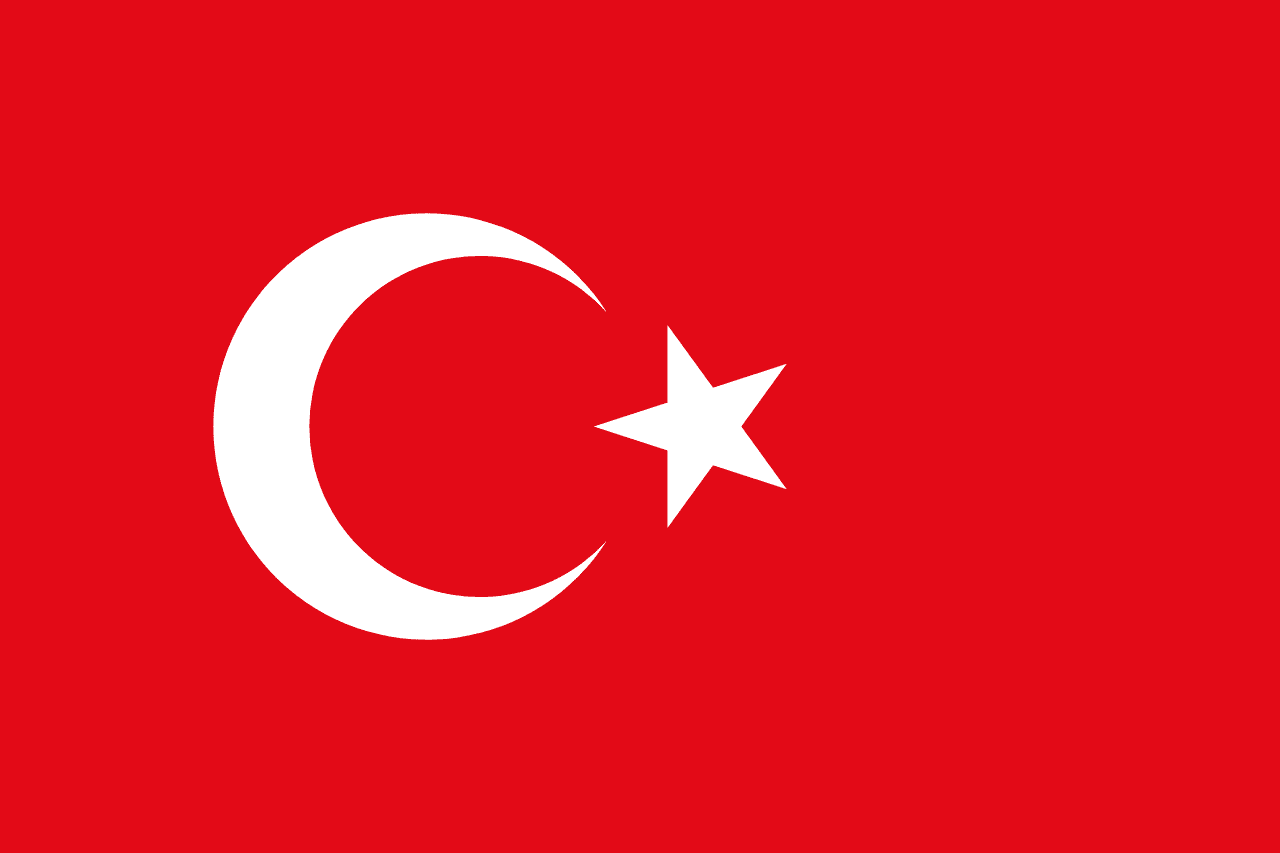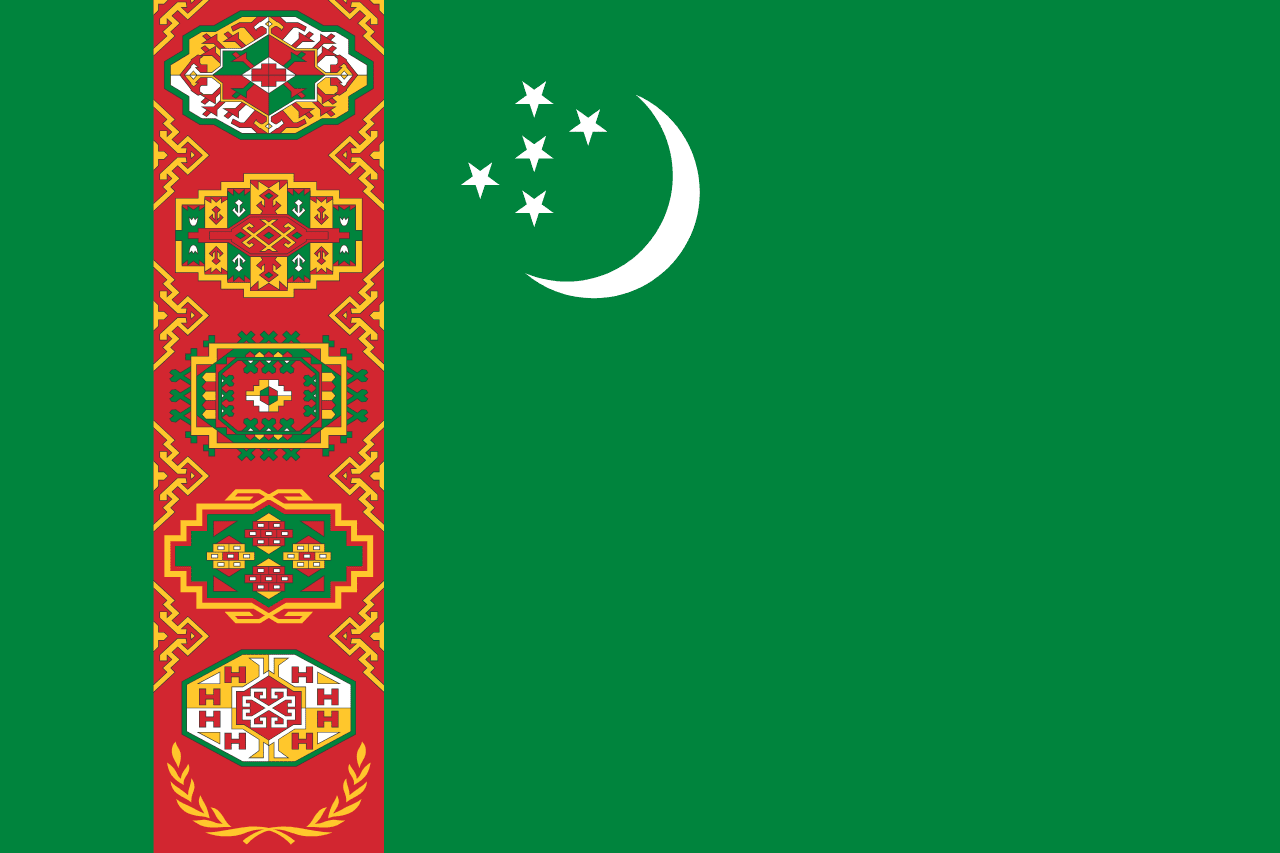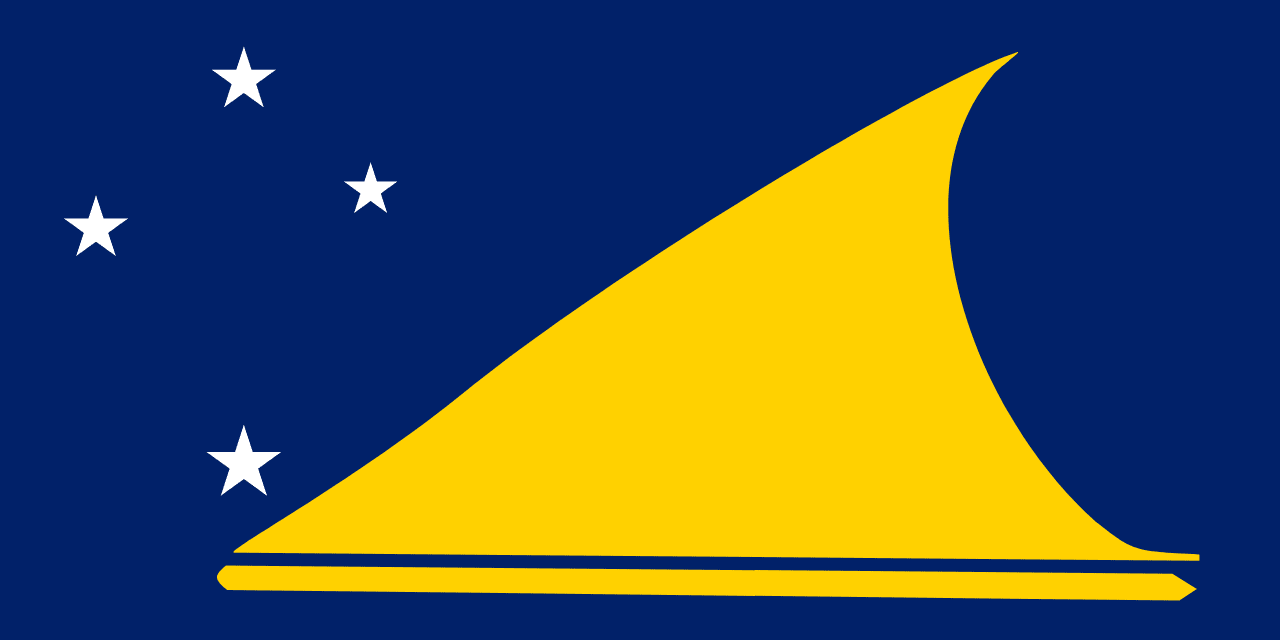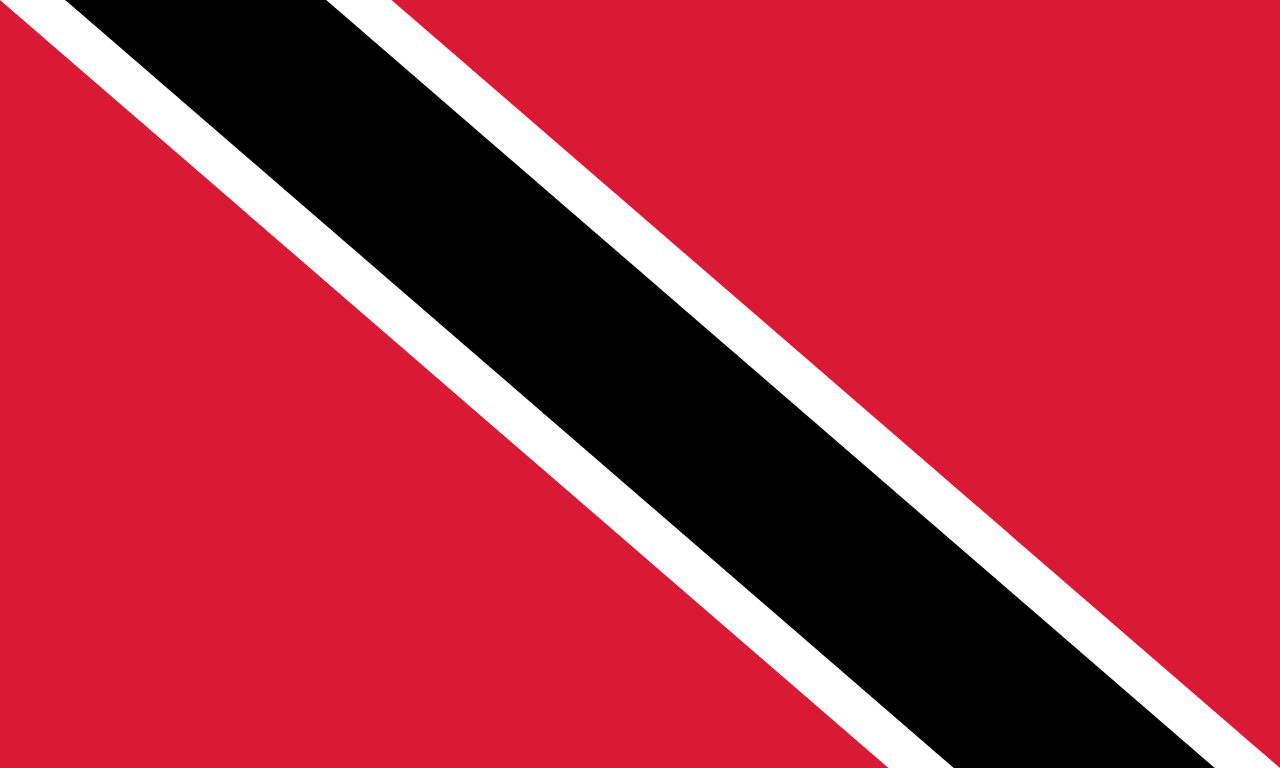The flag of Tunisia features a striking design with a red field containing a white disc at its center, within which is a red crescent encircling a five-pointed star. This emblematic configuration represents the nation's Islamic heritage, cultural identity, and aspirations for progress.
Tunisia information
| National Flag Day | — |
| Sovereign state | Yes |
| Official name | Republic of Tunisia |
| Capital | Tunis |
| Population | 11,818,619 |
| Area | 163,610 km² |
| Currency | Tunisian dinar (TND) |
| Language | Arabic, Berber |
| Continent | Africa |
| Region | North Africa |
| Subregion | Maghreb |
| Borders | Algeria, Libya |
| Timezone | Central Africa Time (CAT) UTC+1 |
| Calling code | +216 |
| Top-level domain | .tn |
History of the Tunisian flag
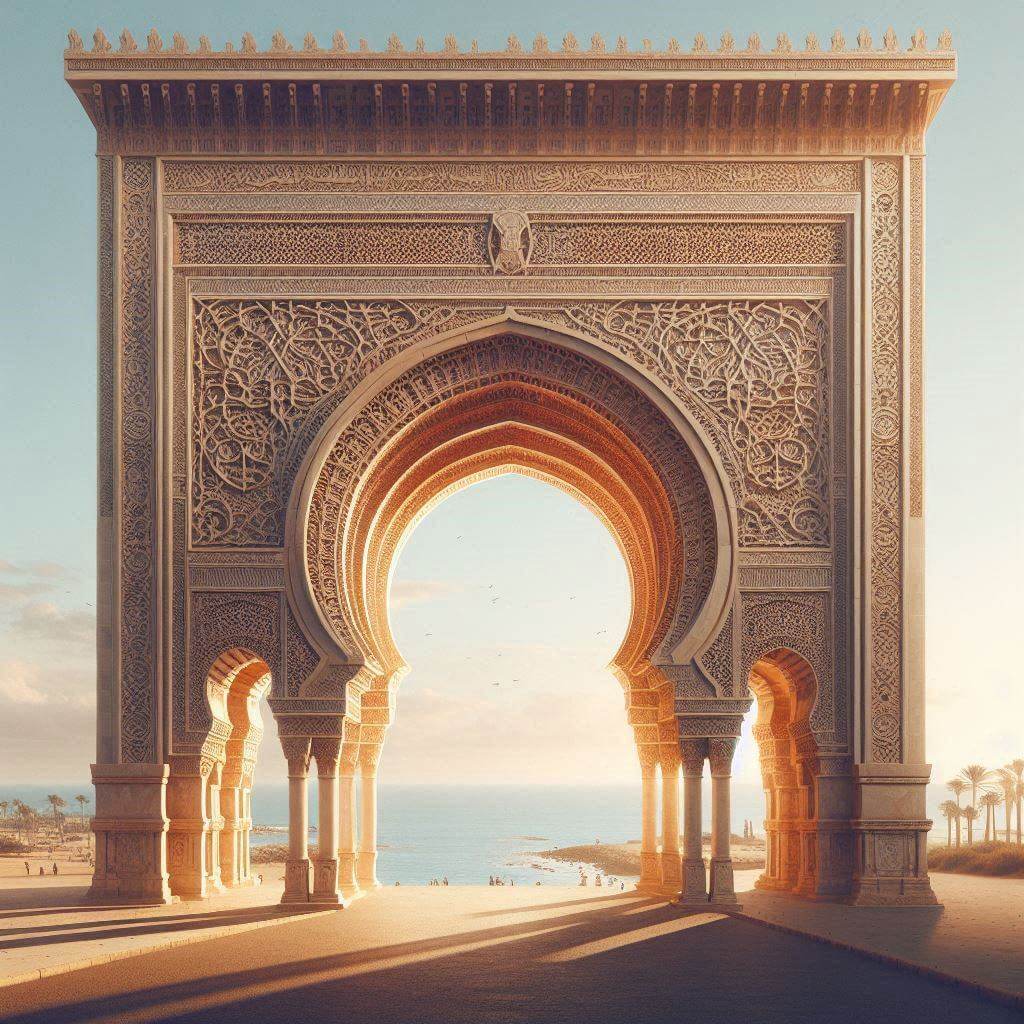 The current flag of Tunisia was officially adopted on June 1, 1959, shortly after the country gained independence from France. However, its origins date back much further. The basic design was first used in 1831 by Al-Husayn II ibn Mahmud, the Bey of Tunis, making it one of the oldest national flags still in use. The flag has undergone minor modifications over time, but its core elements have remained consistent, reflecting Tunisia's long history and cultural continuity.
The current flag of Tunisia was officially adopted on June 1, 1959, shortly after the country gained independence from France. However, its origins date back much further. The basic design was first used in 1831 by Al-Husayn II ibn Mahmud, the Bey of Tunis, making it one of the oldest national flags still in use. The flag has undergone minor modifications over time, but its core elements have remained consistent, reflecting Tunisia's long history and cultural continuity.
Symbolism and design of the Tunisian flag
Each element of the Tunisian flag carries deep symbolic meaning:
- The red field symbolizes the blood shed by Tunisians in their struggle for independence. It also represents the vibrant spirit and determination of the Tunisian people.
- The white disc at the center symbolizes peace, purity, and harmony.
- The red crescent is a traditional symbol of Islam, the predominant religion in Tunisia. It represents progress and the ascent of the nation.
- The five-pointed star within the crescent symbolizes the five pillars of Islam and unity. It also represents the aspirations of the Tunisian people for a brighter future.
The combination of these elements creates a flag that is both visually striking and rich in cultural and historical significance.
Usage and significance of the Tunisian flag
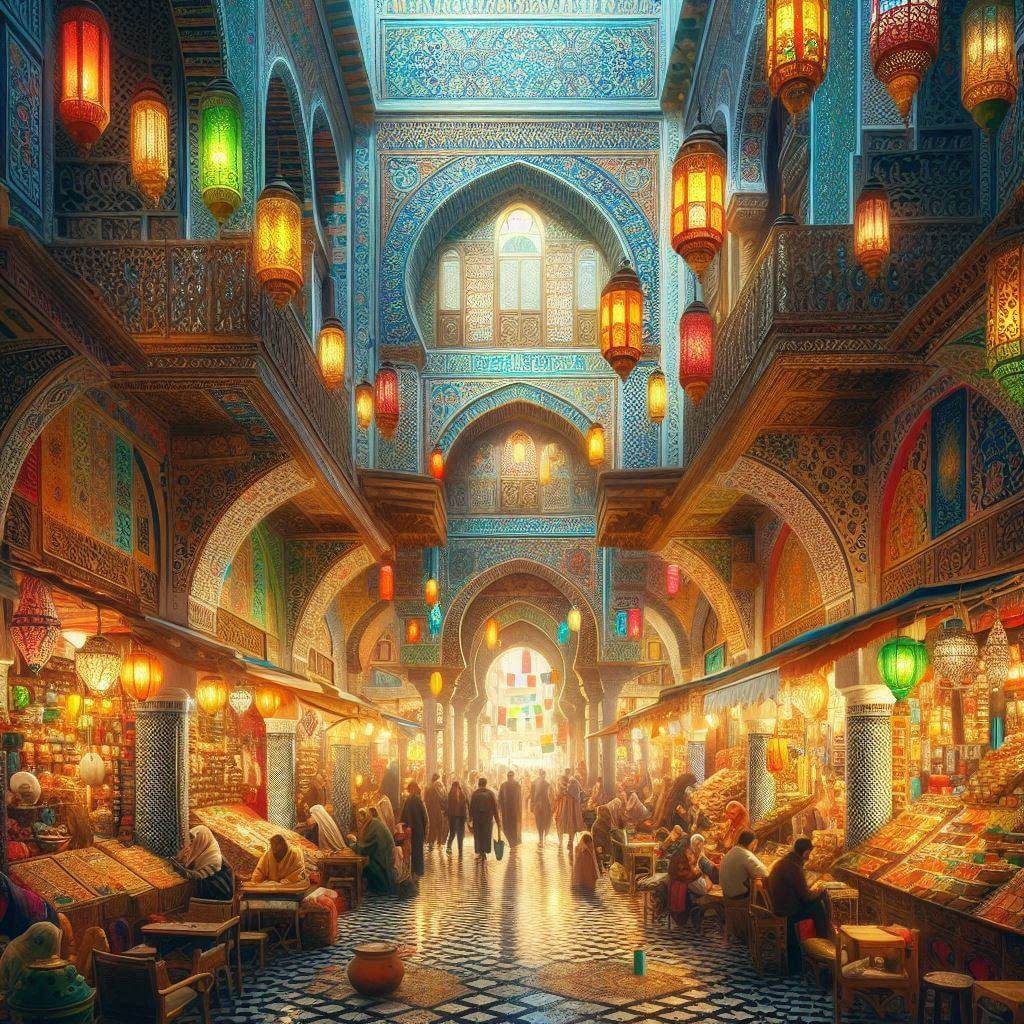 The flag of Tunisia is a powerful symbol of national identity and pride. It is prominently displayed on government buildings, schools, and during national celebrations such as Independence Day (March 20th) and Republic Day (July 25th). The flag serves as a unifying emblem, reminding Tunisian citizens of their shared history, cultural heritage, and collective aspirations for the future.
The flag of Tunisia is a powerful symbol of national identity and pride. It is prominently displayed on government buildings, schools, and during national celebrations such as Independence Day (March 20th) and Republic Day (July 25th). The flag serves as a unifying emblem, reminding Tunisian citizens of their shared history, cultural heritage, and collective aspirations for the future.
In international contexts, the Tunisian flag represents the country at diplomatic events, United Nations gatherings, and global sports competitions. It embodies Tunisia's sovereignty and its unique position as a bridge between Africa, the Arab world, and the Mediterranean.
Interesting facts about the Tunisian flag
- Tunisia is the northernmost country in Africa and has a rich history dating back to ancient Carthage.
- The Tunisian flag inspired the design of several other flags in the region, including those of Turkey and Pakistan.
- The exact proportions and colors of the flag are specified by law to ensure consistency in all official representations.
- During the Tunisian Revolution of 2010-2011, which sparked the Arab Spring, the flag became a powerful symbol of resistance and hope for democratic change.
- The flag is often referred to as "Al-'Alam Al-Tunisi" in Arabic, which simply means "The Tunisian Flag."
